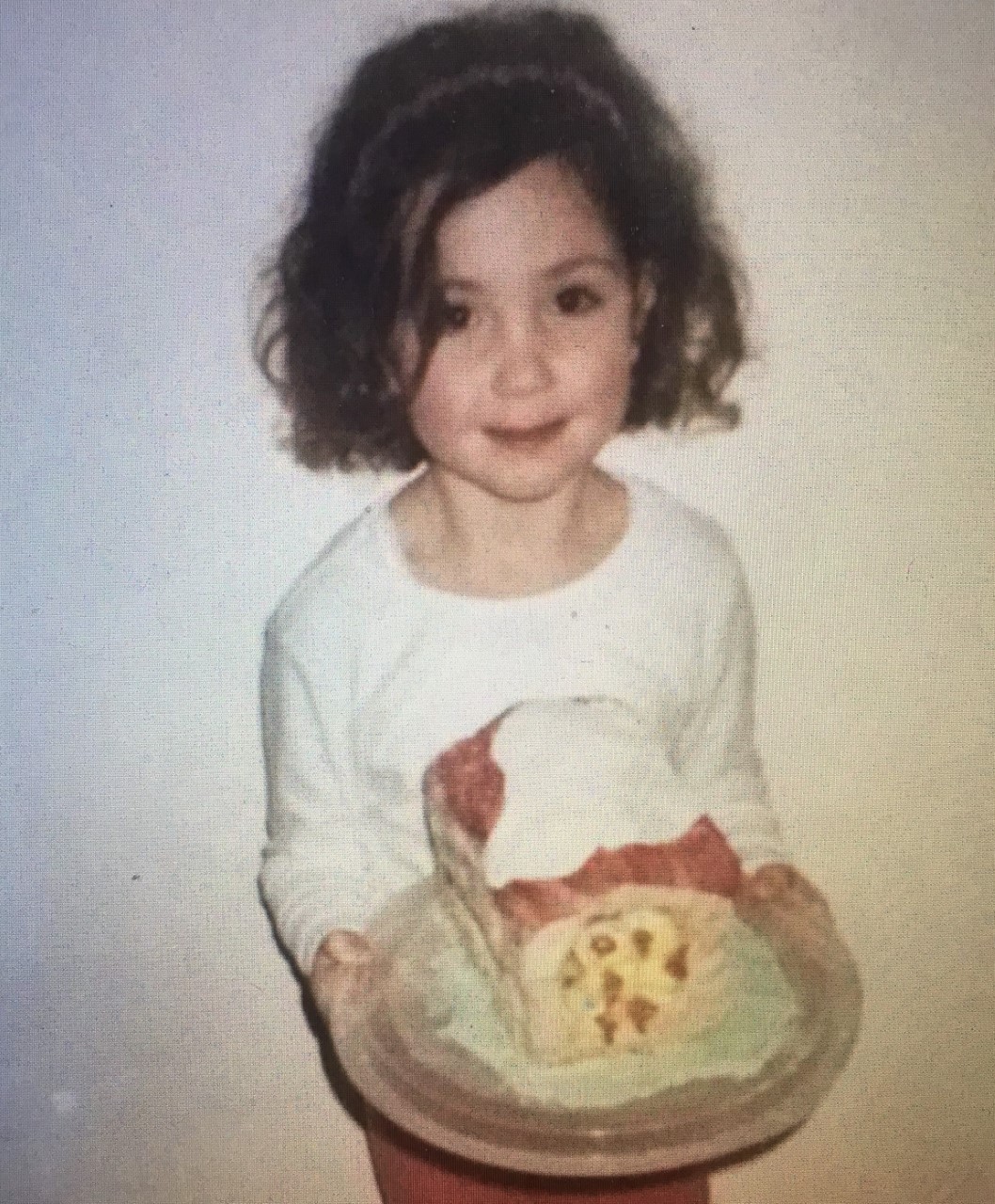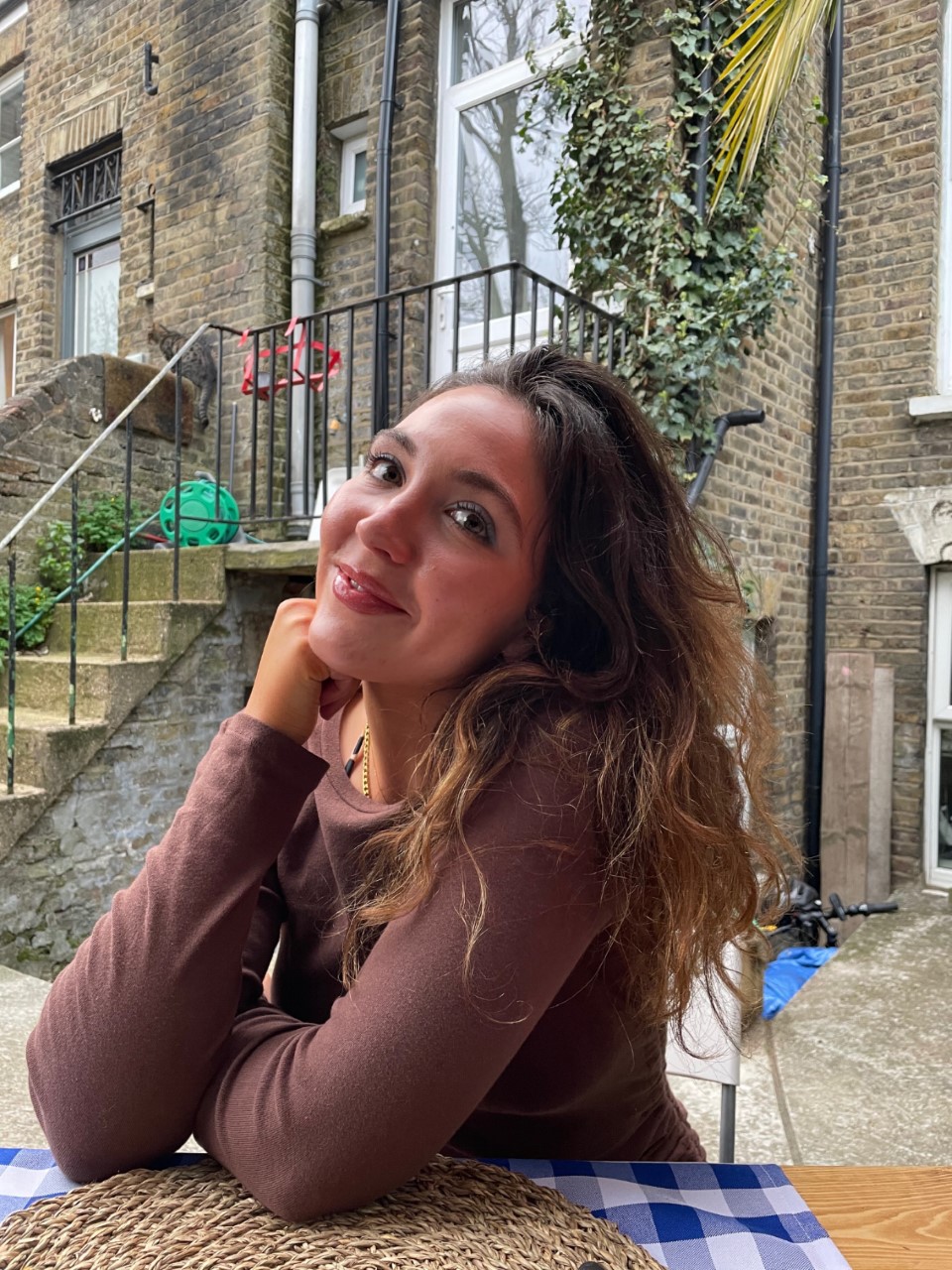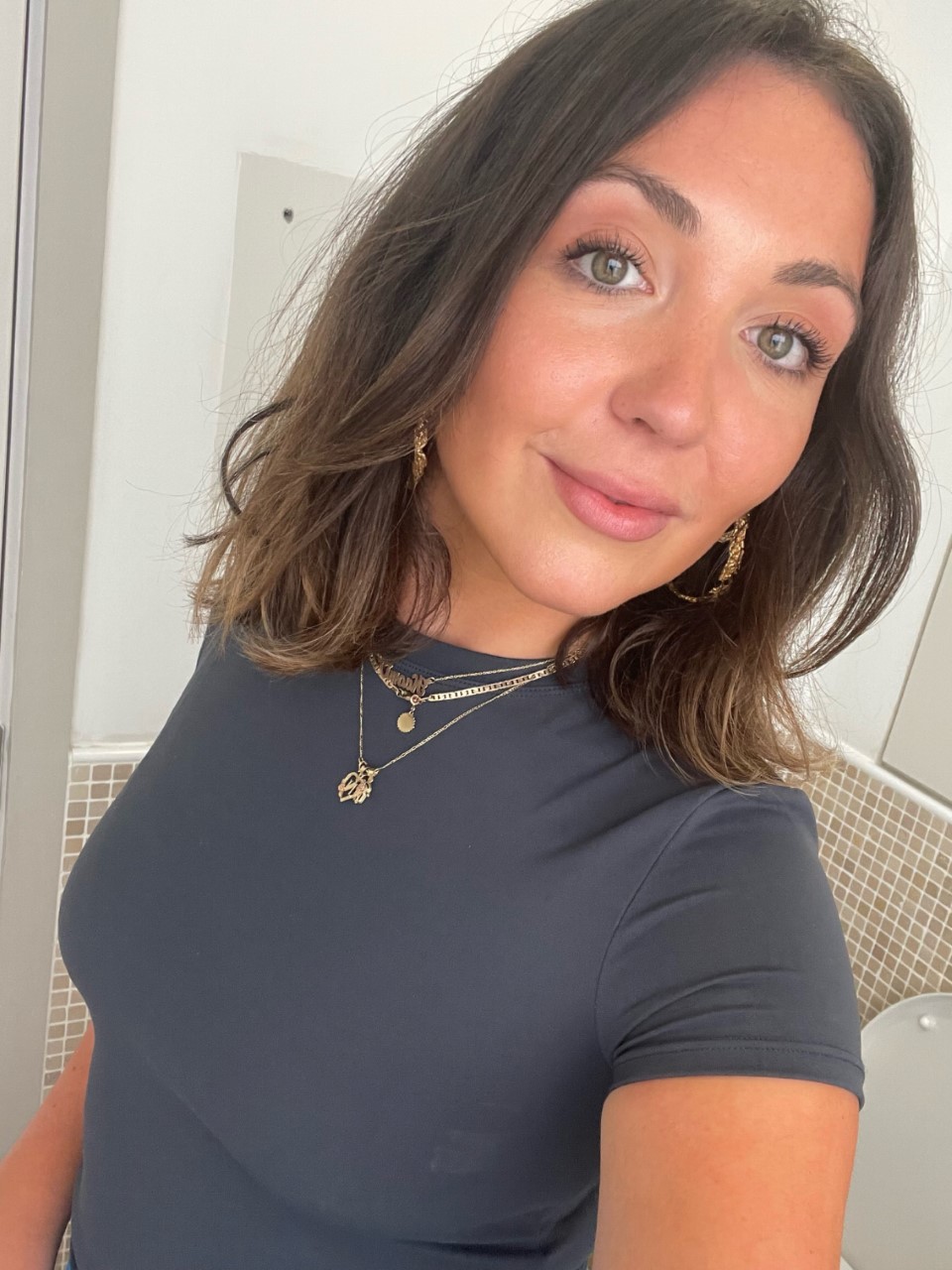Written by Naomi May
Hair is never just hair; it’s a key part of who we are and how we present ourselves to the world – it has the power to change everything.
I was six years old and sitting in a hairdresser’s chair looking at my tiny frame in the mirror when I had my first Big Chop, the sort that changes everything.
Until then, my immensely curly hair had defied gravity and grown outwards at an alarming pace, never flowing nicely around my face. It was a bone of contention in my family; my mum loved my curls, they ‘made me who I was’, but I hated them with a visceral passion. This wasn’t hair! It was a mop! A matted mop.
As I got ever-so-slightly older, my hair started to grow and flow with the natural order of things and I started to love my curls and enjoy their length, until The Big Chop, which resulted in my hair landing at my jawline in an isosceles-shaped triangle. The hair that I had grown to love lay scattered around me on the tiled flooring; suddenly, there was nothing anybody could do but tell me that my bob was great, that it suited me. It didn’t matter that I cried at the lost hair or that I shouted at the hairdresser that I hated it; my hair was gone – not to be seen again for a while.

As happens in life, emotions changed, I grew and so did my hair but somehow, somewhere, a seed had been planted that, actually, a bob rather suited me. If a hairstyle introduces you to a room before you so much as say a word, a bob whispers fun, up for a laugh, not too serious – unlike other hairstyles that shout and scream, vying for attention.
Then came Laguna Beach, The OC and The Hills when I was in my early teens, and I felt the emotional tug once again of bemoaning my lack of hair as I watched perma-tanned Californians frolicking around with their bum-length, blonde beachy waves. The reflection I saw in the mirror changed; the way my coarse dark hair sat at my jaw in a stubborn bob, refusing to be tamed by anyone or anything felt indicative of where I was in my life. Everything was hard, difficult and so far away. And so began those mutant teenage years of growing it, straightening it, crying over it. The hair of my ancestors was crimping my style; it wasn’t cool, desirable or en vogue. It wasn’t celebrated in mainstream culture – it was something to be ashamed of.

Leaving home at 18 somehow stimulated its growth and after years of trying and growing and crying, it was where I wanted it: at my shoulders. I rejoiced with blow-dries to make it as bouncy as possible and celebrated with eye-wateringly expensive visits to salons to die it blonde. The conditioning that had started so early on in my life – that blonde and straight was best – twisted my arm (and my hair) into conforming, and for a long time I did. And then lockdown hit and we hunkered into our nests with no hairdressers in sight. The hair that was finally mine, that I’d grown all myself, grew and grew and grew and, in a macabre twist of events, I ended up hating it. The hair I’d spent my whole life idolising, glorifying and yearning for was, after all, rather horrible on me.
This is the thing with hair: it’s never just hair. It’s not just a natural part of our being; it’s a part of who we are. How we wear, style and embrace our hair becomes a part of our personal style, our personalities, and suddenly, with this long hair that I’d wanted for so long, I lost my identity. The bright bursts of colour I’ve always loved didn’t shine as well with my new long hair, my face looked sullen and sunken and, in pictures, I didn’t look like myself; I looked like a poor imitation.

Knowing that my wardrobe didn’t spark the joy it once did was the harbinger of yet another Big Chop. Coco Chanel once reportedly said: “A woman who cuts her hair is about to change her life,” and I felt that deeply. I yearned to feel as confident in my clothes again, to recognise myself in photographs and to have hair that felt like it belonged with me.
With my tail between my legs and my hair around my shoulders, I marched to the hairdresser (Natasha at Hershesons in Soho, if you’re wondering) a couple of weeks ago and regaled her with my hair journey.
“I’ve totally lost my identity,” I told her in the mirrored reflection. “My short hair was always who I was. It was just so me, but the pandemic changed everything. I don’t recognise myself with this hair; clothes just don’t look right on me anymore.”
“That’s that sorted then,” she replied calmly. “We’ll give you a nice bob.”

For the first time, the prospect of a lack of hair didn’t scare me. My hair journey has truly been a rollercoaster of epic proportions and somehow, in that leather chair, as my hair fell to the floor around me, I felt the gravity of the full-circle moment. How the hair that I’d hated – that felt like something I wanted to rip off – had become the key to the person I’ve been all along.
Images: courtesy of writer
Source: Read Full Article
